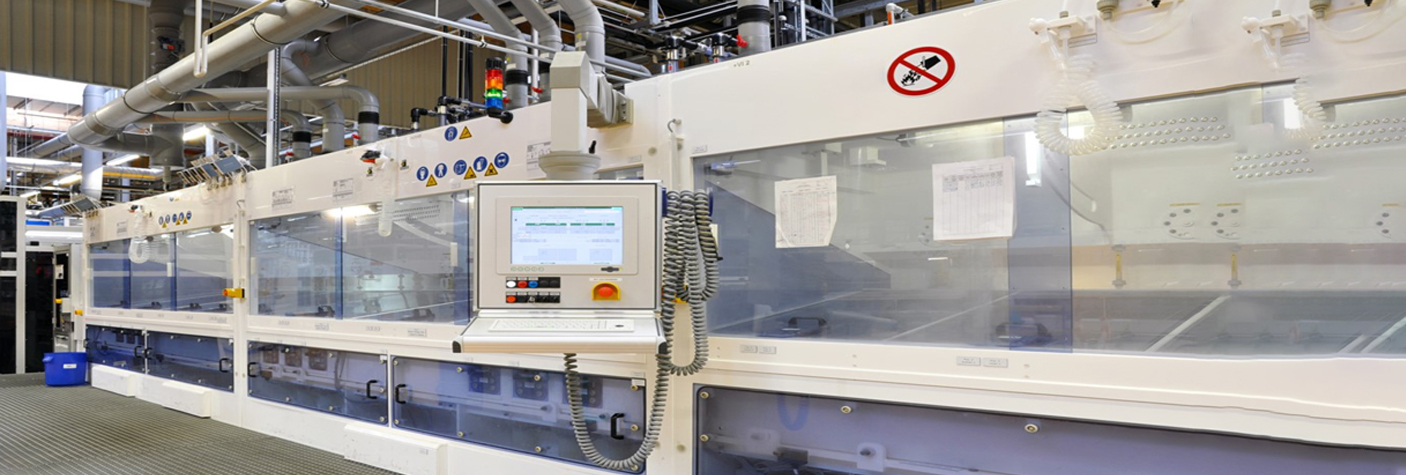In a restroom, toilet partitions are often subjected to heavy wear and tear and even vandalism while being one of the most exposed components to water and moisture. Being said that, the partition material from the whole is one of the most overlooked elements. In a world where everyone strives to achieve efficiency, it is imperative to choose the right material for your restroom which can help mitigate the major issue entirely.
If you are just new to this or deciding to invest in great plastic bathroom partitions or any other material, at first sight, you might think these are only for the purpose of visual appeal for the private space. However, durable material with a waterproof solution and chemical resistance would be highly beneficial to your building- especially when it comes to public comfort rooms or restrooms for your organization with toilet partitions.
Vandalism is not even a problem for plastic materials used in bathroom partitions as these are strong enough to resist minor scratches. The material you choose should be a laminated surface for graffiti resistance and scratch proof.
Plastic material for Bathroom Partitions:
When you choose HDPE sheets, you need not worry about having to coat your partitions with protective substances even after years, as it is a durable and sustainable material that doesn’t de-laminate. Not only this, these are highly resistant to most of the cleaners, moisture, and mildew. This material is proven to be high in resilience because of its quality of construction. Being the most resistant material to scratches and damages these are ideal for many different applications, being used in the largest public restrooms or stadiums to the smallest restroom in a gymnasium or facility.
The waterproof material is made from high-density polyethylene resins, having several tangible benefits over all other traditional materials used in the toilet partitions. These partitions when customized from a reputable vendor provide homogeneous coloring throughout the material and smooth edges with exceptional surface friction in mildew conditions. This is why, this is a plastic material of choice among corporates and commonly used in modern bathrooms as a toilet partition, moreover great for any high foot traffic buildings, schools, government buildings, and other public facilities.
How to choose the right material?
Make sure you do your research online and check the websites of reputable vendors in the industry. They can offer assistance on all the different material options when buying a bathroom partition material. Note that each material will have its benefits and drawbacks which are necessary to be weighed against each other.
Advantages of HDPE Sheets for toilet partitions:
● When shortlisting materials the main considerations are low maintenance and durability. While investing in the remodeling of your bathroom, you want to put the use of your dollars in a material that is durable and can maintain the value for the years to come. The sustainable component of having appropriate partitions is having material like HDPE that can outperform all other materials and you can easily rely on such a product that does not need significant maintenance, is also waterproof and doesn’t take much effort to clean.
● Given their durability and sustainability, HDPE sheets are highly resistant to water, scratching and unaffected by steam or high humidity, can sustain hot, cold, wet, or dry environments without the risk of becoming odorous and rusty. Whenever it needs any kind of cleaning these can be easily wiped with a cloth and cleaning agent without any damage to the material.
● Pertaining to the standard of fire safety and building construction codes, buyers can also opt for NFPA 286 code material as a life safety code. This standard means that these are checked and passed for burn test criteria for the partitions.

